Two of the largest blockchain projects in the world are Cardano and Ethereum. Also known by their cryptocurrencies, ADA and ETH, respectively, these two networks are viewed as rivals that boast loyal followings.
Considering how widespread these projects are, especially in the world of cryptocurrencies, it’s not unreasonable to wonder how these two coins stack up against one another. Fortunately for you, I’m going to explain everything you need to know about both projects.
We’ll go through the ins and outs and pros and cons of each, so you have all the information you need.
With that said, let’s jump right in.
Main Differences Between Cardano and Ethereum

The main differences between Cardano and Ethereum are:
- Cardano focuses on a peer-review process above all else, whereas Ethereum is a less controlled environment.
- Cardano believes that security and safety are paramount, whereas Ethereum is chock full of chaotic tokenomics and contentious updates.
- Ethereum can pivot and innovate suddenly, whereas Cardano has to go through a formal and stringent update process.
- Ethereum is known for an environment that caters to smart contracts, whereas Cardano does not host as many live contracts.
- Cardano is more efficient and scalable, whereas Ethereum’s gas fees and clunkiness are beginning to drive users to other platforms.
- Cardano is a much faster platform, whereas Ethereum transactions are starting to take longer due to the number of users and projects on its blockchain.
- Cardano is less flexible, whereas Ethereum is free-flowing and less rigid.
Cardano (ADA)
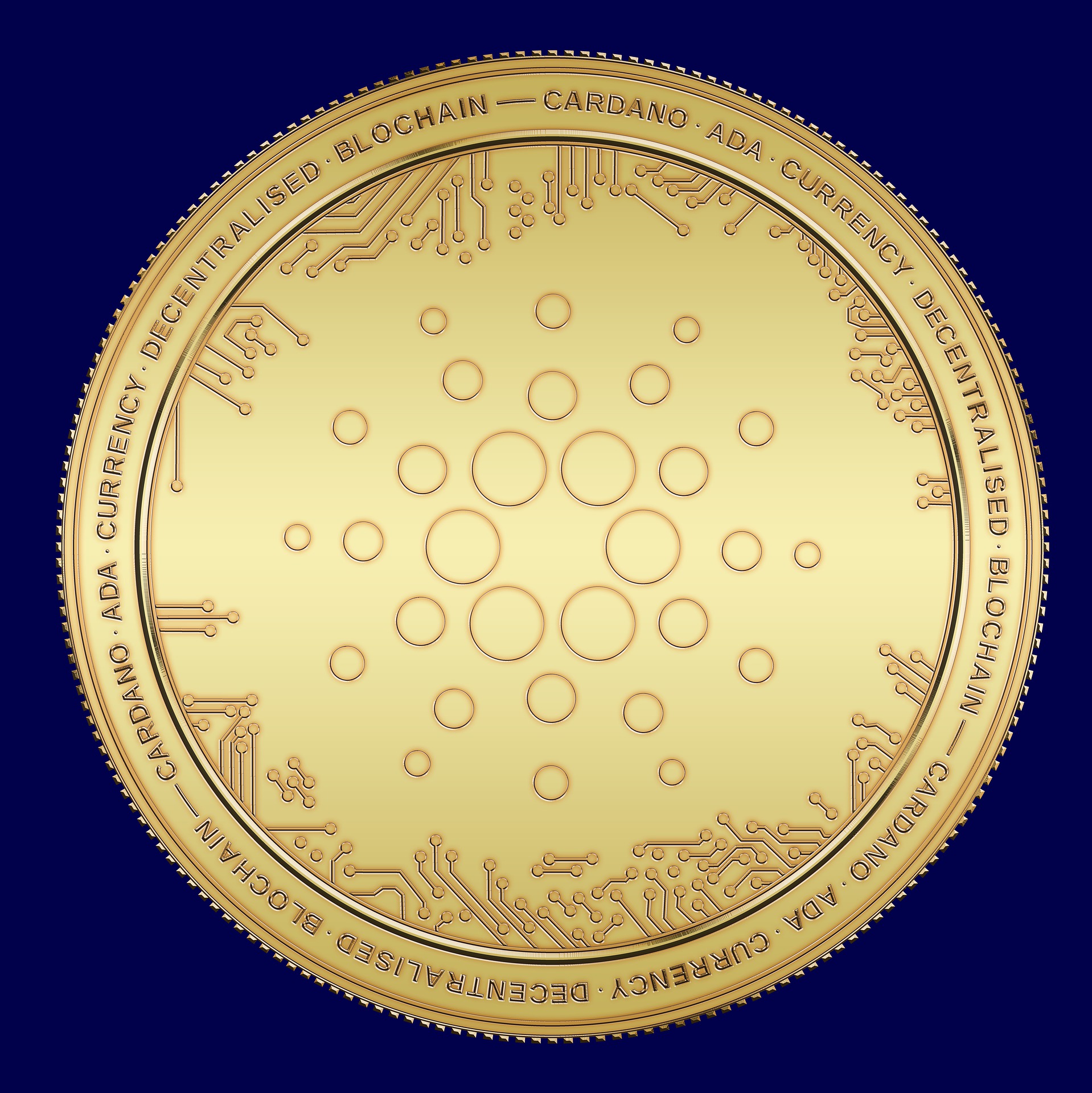
Cardano is a blockchain network focused on solving the scalability problem that plagues the cryptocurrency world. This highly secure project offers secure transactions while supporting decentralized applications or dApps.
History
The Cardano project was launched in 2015 by one of Ethereum’s co-founders, Charles Hoskinson. Hoskinson created Cardano as a platform to address the security and scalability issues that are troubling Ethereum. However, Cardano is a platform capable of supporting smart contracts, like Ethereum, while focusing on decentralization.
For the most part, this is where the similarities between the two projects end. While Ethereum provides tokenized assets and decentralized applications, Cardano chooses to focus its attention on financial transactions through its native token, ADA.
Science-first blockchain
Over the past decade, there has been no shortage of “Ethereum killers” in the industry. These projects rise quickly through the ranks, touting fancy new consensus mechanisms and cutting-edge functionality. But, to no one’s surprise, Ethereum is still standing.
Cardano, on the other hand, takes a science-first approach. This peer-reviewed blockchain uses Haskell as its primary coding language. As a widely-used language by developers, Cardano latched onto it because it can easily audit its network using Haskell.
So why does a science-first peer-review project matter? Cardano believes that the more developers it has to audit and review its code, the more secure and safe the platform is for users. Clearly, the point is that Cardano wants its blockchain to be as secure as possible for anyone who uses it.
Design
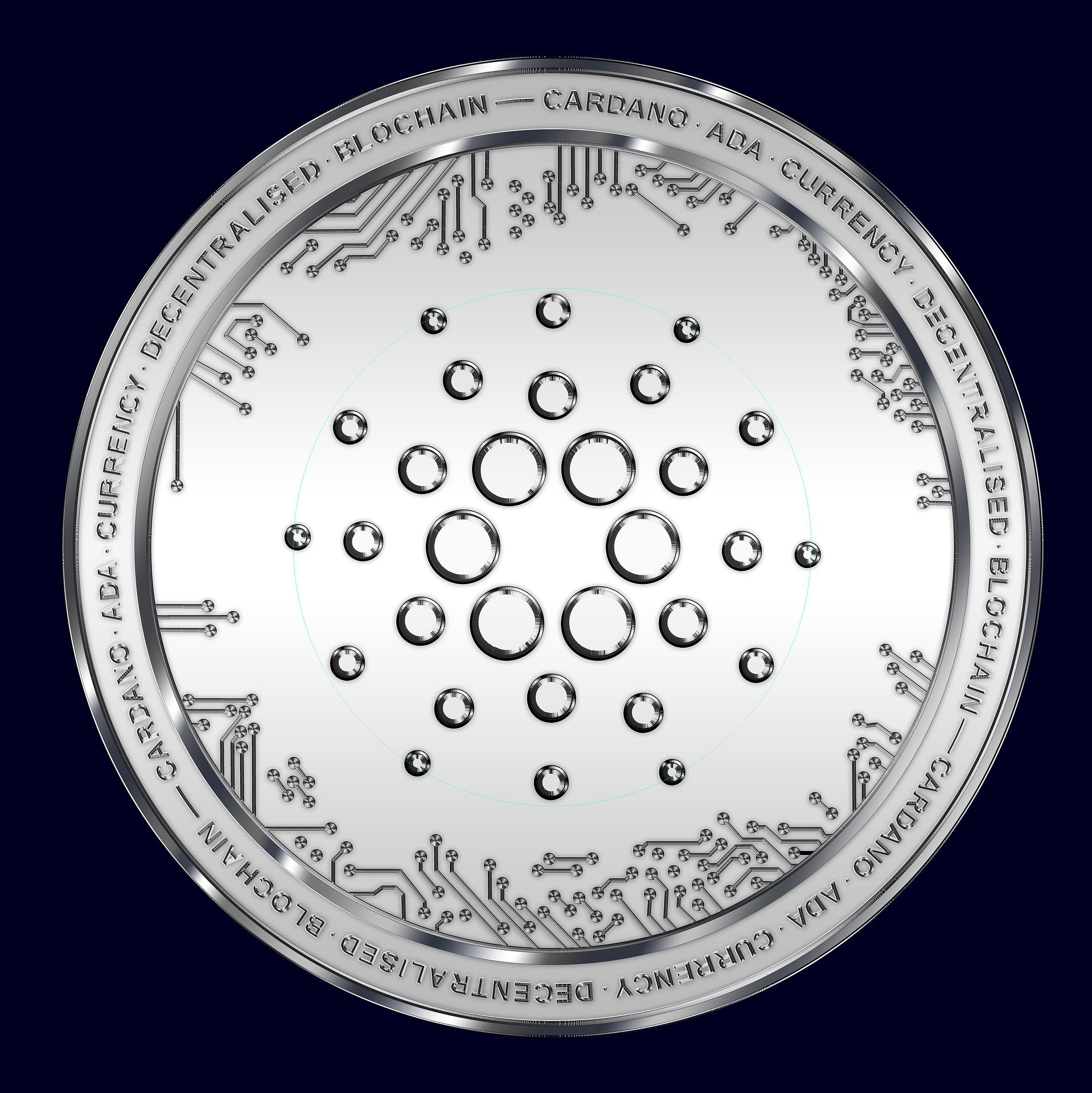
Those familiar with Cardano know that the project uses a dual-layer design that keeps the settlements and the computations separate from one another. This is in direct contrast to Ethereum, which uses a single-layer protocol. Doing so requires both the token transfers and the smart contracts to be on the same layer.
It’s the single-layer that often gums up the works on the Ethereum network. The sheer amount of transactions and computations on the platform result in increased gas prices from Ethereum miners.
By comparison, with its separate layers, Cardano provides a way for transactions and smart contracts to exist on separate layers. That means the token transactions are distinct from the smart contracts. Creating a two-layer system allows for scalability and growth while continuing to provide cheap alternatives for users and developers.
Energy efficient
If you spend any time in a Cardano community, you’re likely to hear someone talk about Ouroboros. This is the name of Cardano’s proof-of-stake consensus mechanism, which exists within a closed loop.
Cardano’s Ouroboros mechanism allows ADA holders to delegate their tokens via the Cardano Daedalus wallet. The platform uses this process to keep the Cardano blockchain secure, which helps keep energy costs and processing requirements to a minimum.
It doesn’t hurt that Cardano has made a name for itself as an environmentally friendly alternative to both Ethereum and Bitcoin. These two platforms require massive amounts of energy for mining purposes. By comparison, Cardano requires 0.01% of what Bitcoin miners need to mint a single ADA token.
ADA
Speaking of ADA tokens, let’s explore how Cardano’s token works and what it’s role is on the project’s network.
Most cryptocurrency projects have a native token, and Cardano is no exception. ADA serves as the native crypto for the Cardano blockchain. However, keep in mind that while there are some use cases for ADA, it’s primarily using for payments on the network’s decentralized platform. Think of it as decentralized cash that you can stake.
How ADA Works
Tokens on the Cardano platform exist on their own layer. These standalone transactions make receiving or sending ADA fast and cheap. That makes Cardano a solid and appealing alternative to platforms like Ethereum that have ridiculous gas fees.
Cardano delivers decentralize finance opportunities for users around the world. This is an especially lofty goal for those in developing countries, as the project can offer a transaction process that is quick and efficient. With ADA, anyone on the planet has access to a medium of exchange available on a global scale.
Staking ADA
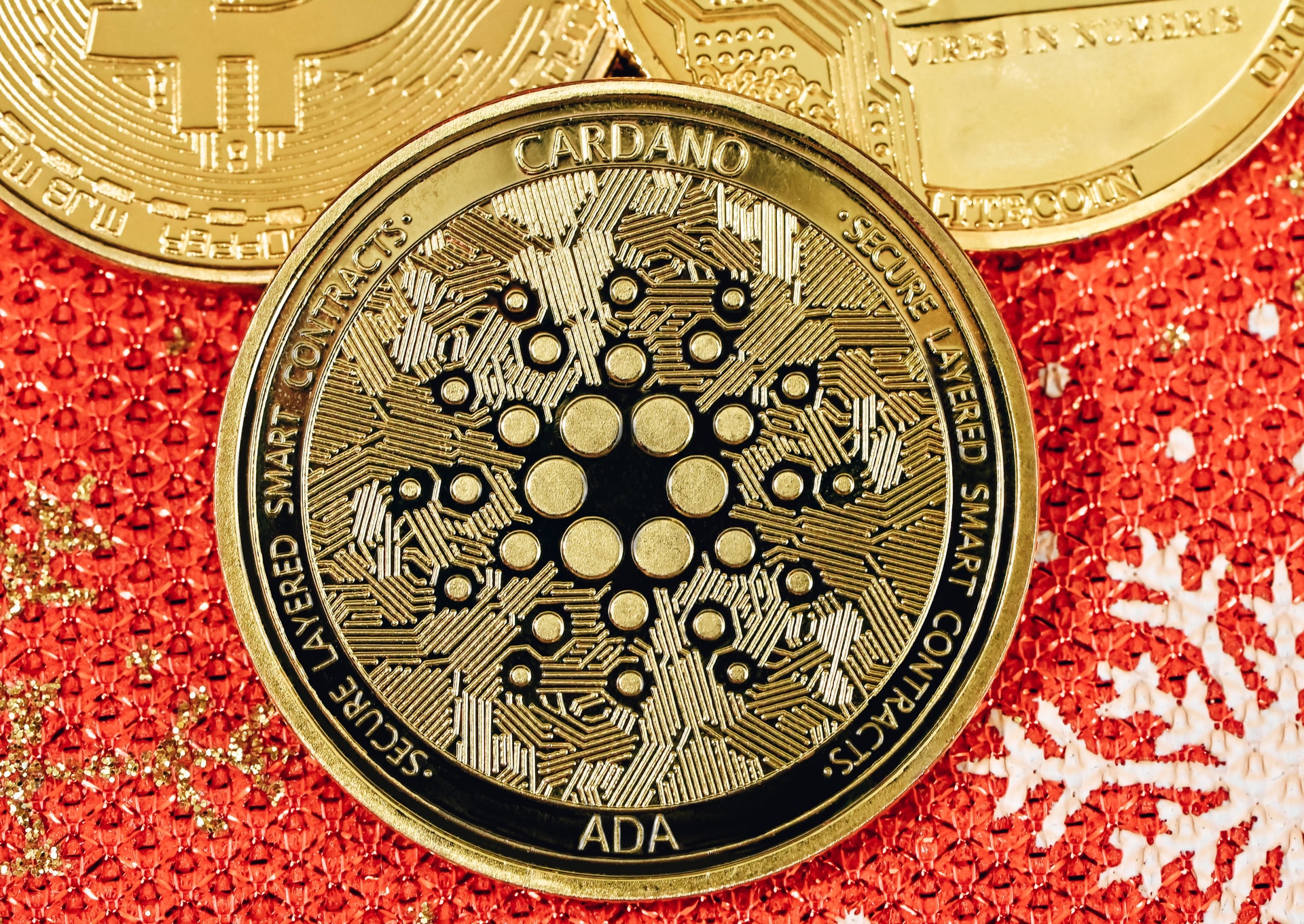
If you take a look at the Cardano website, you’ll notice that network upgrades are named in eras. These eras refer to historical figures, with the most recent update being the Goguen era. At the time of the Goguen update, smart contracts went live on the Cardano blockchain.
As a result of its update, Cardano will offer additional functionality and features in the form of smart contracts. Unfortunately, other platforms are well ahead in this regard, including Ethereum, which has offered smart contracts since 2015.
With an increase in network activity thanks to smart contract capabilities, Cardano offers more work for its validating nodes, which, in turn, means higher staking returns.
But what you really want to know is how to stake your ADA, right? While it might sound confusing, it’s really easy. First thing you need to do is put your ADA in either of Cardano’s wallets – Daedalus or Yoroi.
Once you’ve done that, choose your staking node and the aount of ADA you want to stake. That’s all there is to it! Now all you need to do is sit back and wait for your rewards to come in.
Pros and Cons of Cardano
I’ve talked about how Cardano works and the ADA token. Now let’s take a look at some of the advantages and disadvantage of Cardano.
Pros
- Staking ADA doesn’t require users to lock their tokens
- With dual-layer protocols, Cardano is scalable, fast, and safe
- Cardano uses an environmentally friendly proof of staking consensus mechanism
- Future focuses on supporting developing nations with global currency
Cons
- Not many decentralized apps are available on the Cardano platform
- Hasn’t gained much traction in the market as a currency
- The project is very slow when it comes to implementing new features and functionality
Ethereum
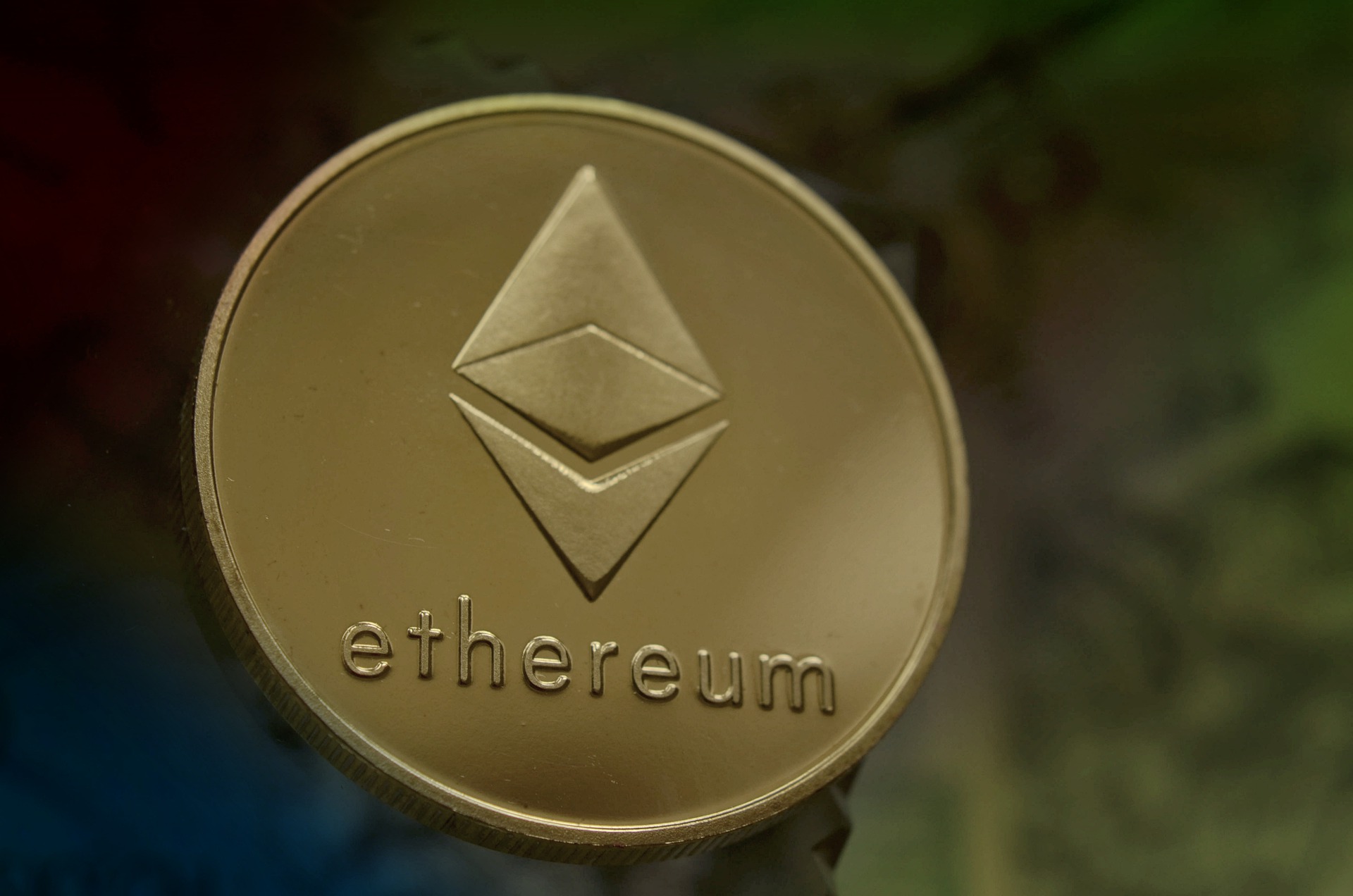
Similar to Cardano, Ethereum is a blockchain that offers smart contract capabilities to its users. Even though Ethereum is a mainstay among the top cryptocurrencies, the project wasn’t actually launched until 2015. While that may seem like a long time, remember that Bitcoin came into existence in 2009. That means Ethereum was 6 years later.
The Ethereum platform is mostly used for creating, developing, and hosting decentralized applications, or dApps. These dApps are used for popular decentralized exchanges like Uniswap and Sushiswap.
Of course, Ethereum is most well-known as the project that introduced smart contracts to the world of cryptocurrencies. With that in mind, let’s take a look at smart contracts on the Ethereum blockchain and what they have to offer.
Smart contracts
When it was created, Ethereum was designed as a platform which would utilize smart contracts. With this type of functionality, there was finally a cryptocurrency that offered capabilities beyond the store of value that Bitcoin offers.
A smart contract gives a blockchain the power to operate in a way that is much more flexible than fiat currency. But what is a smart contract? Simply put, a smart contract is a basic computer application that operates on the Ethereum network.
Anyone with access to the Ethereum blockchain can develop a smart contract. These contracts are built using specific guidelines that are carried out when specific parameters are met. It’s through this type of functionality that Ethereum dApps work without assistance. Clear as mud, right? Let’s take a look at an example:
Think of a smart contract like a digitized food machine. There are two things required to get the food you want out of the machine. First, you need money. Second, you need to choose an item. Once you have these two parameters entered, the machine will give you the item you selected. That’s how a smart contract works. The contracts are programmed to deliver specific outputs when certain inputs are met.
Ethereum 1.0 (Proof-of-Work)
During its early days, Ethereum was a Proof-of-Work (PoW) blockchain, just like Bitcoin. That means it used miners to confirm blocks on the network using computers. At the time, however, PoW was already a proven, stable, and secure consensus mechanism.
Additionally, there weren’t as many transactions occuring on the Ethereum network during the platfor’s earlier years. Lower volume on the network meant a consensus mechanism like PoW would have no trouble managing traffic. Unfortunately, as activity grew and more dApps were launched on the network, the Ethereum blockchain began to bog down.
The problem with PoW is that it requires miners to process every transaction that occurs on a blockchain. Even the best PoW networks will have trouble scaling due to the limitations of the mechanism. As a result, Ethereum began to look at switching to the Proof-of-Stake consensus mechanism.
Ethereum 2.0 (Proof-of-Stake)
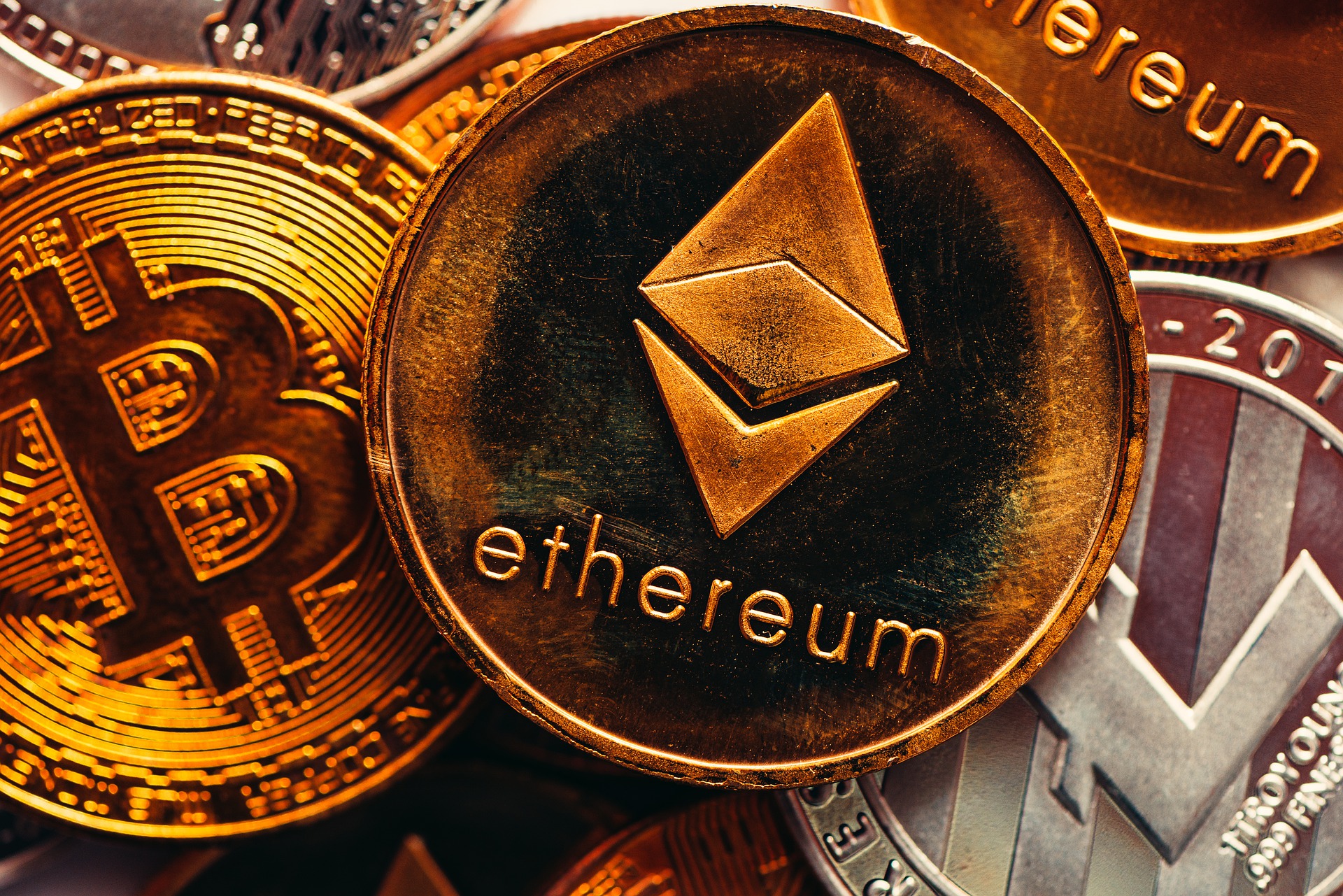
By moving to PoS, Ethereum provides developers and users with a scalable and robust network. Ethereum is referring to this change as Ethereum 2.0. This transition will create a blockchain that requires less energy consumption, fewer resources, and gives validators a way to confirm a piece of a transaction as opposed to the whole thing.
With Ethereum 2.0, the network will have the ability to confirm transactions as a much higher rate. This is referred to as Transactions per Second or TPS. A higher TPS means Ethereum can offer its features to many more users and developers without bogging down.
ETH
The cryptocurrency that powers the Ethereum blockchain is ETH. However, unlike projects that use their coins as currency, ETH has a greater utility. What utility? Let’s take a closer look at how smart contracts work on the Ethereum network.
For starters, any time a command is executed on the blockchain, a transaction occurs. In addition to all the smart contract transactions taking place on the Ethereum network, there are also the coin transactions that occur as a result of users sending ETH to each other.
Every Ethereum transaction requires gas, which is like the fuel you need for your vehicle. However, instead of petrol, the Ethereum blockchain uses ETH. When a transaction initiates, the user must pay a gas fee in order for it to complete.
ETH for defi
Of course, there’s much more to ETH than just confirming transactions on the Ethereum blockchain. Due to the sheer amount of dApps on Ethereum, ETH serves a huge role in decentralized finance, which includes yield farming and liquidity pools.
One of the biggest projects ont he Ethereum blockchain is Uniswap. It ranks at or near the top of all decentralized exchanges. This cryptocurrency alone manages more than a billion dollars worth of transactions using ETH as its foundation.
Uniswap isn’t alone. There are a wide variety of projects on the Ethereum network that use ETH. MakeDAO, for example, creates a way for users to collateralize stablecoins. Or you can deposit your ETH into a decentralized vault using Yearn Finance and earn interest on your digital assets. It’s safe to say, there are plenty of options available through the Ethereum blockchain.
Staking ETH
Along with changing its consensus mechanism, the move to Ethereum 2.0 also bring the ability to stake ETH. By staking your ETH, you’ll earn interesting on your Ethereum, while improving network security and perfromance. You can stake your Ethereum through many wallets or exchanges, so you can find the best return available.
Pros and Cons of Ethereum
Now that you know more about Ethereum, let’s take a quick look at some of its pros and cons.
Pros
- Supports a large number of decentralized apps and exchanges
- Hosts many of the industry’s decentralized finance protocols and projects
- Biggest smart contract network in the market
- Stake ETH on a variety of exchanges and wallets
Cons
- High Ethereum fees create challenges for developers
- Development on the platform is slow and cumbersome
- Too many projects often creates network congestion
FAQs
Answer: Both Ethereum and Cardano are high-profile cryptocurrency projects. However, the number of coins for each differs greatly. At the time of writing there are nearly 119 million ETH in circulation. By comparison, there are 34 billion ADA in the crypto market.
Answer: Since both coins are very popular, you are likely to find either one on highly regarded platforms. You can purchase both ETH and ADA on exchanges like Coinbase, Binance, Kraken, and many others.
Answer: While there are many within the industry who believe Cardano – and perhaps another decentralized project called Solana – will surpass Ethereum at some point, it’s hard to see that happening anytime soon. Ethereum is a major player in the space and any project that attempts to take its place will have to bring its A game.
ADA or ETH?
So the question you’re asking is, “Which coin should I buy?” Unfortunately, that’s not something I can answer for you. I’ve provided you with the foundation you need to make an informed decision. Do some more digging and research to determine which one makes the most sense for your crypto wallet. Or, you can always do what I did and just buy both.
Looking for more interesting readings? Check out:
